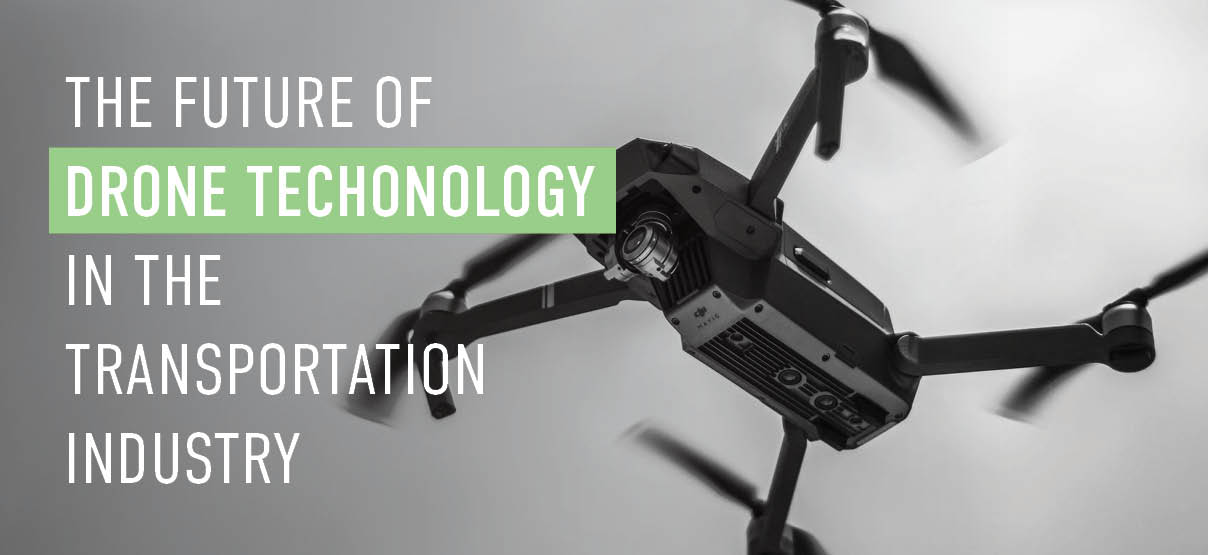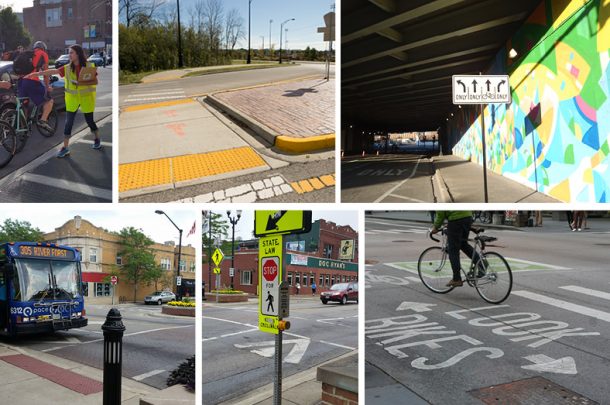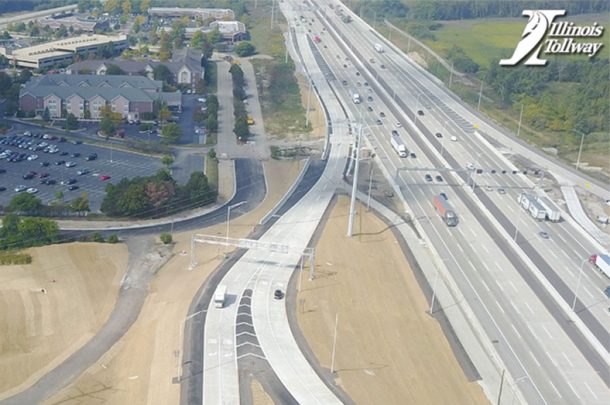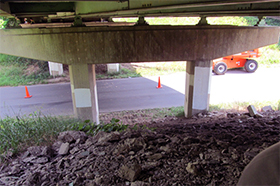
Unmanned Aerial Systems (UAS) and vehicles, or drones, have proliferated across private and public industries to augment existing services and enable new ones. It is important to note that not all Department of Transportation (DOT) UAS programs are created equal and many are still in their infancy. State DOTs need extensive time to develop a UAS case and integrate it into daily operations. An industry-wide survey found that the number of State DOTs utilizing UAS platforms has increased by 80% in 2019 and over 70% of all State DOTs have started to implement day-to-day internal drone usage1. As of mid-2019, State DOTs have had over 279 FAA-certified drone pilots on staff, an average of about eight pilots per state program. Here we will explore the nature of DOT UAS programs, why we should use UAS, what they look like, how to navigate the regulatory environment, and the primary considerations involved in creating a UAS program.








 Rolling out Separated Bike Lanes
Rolling out Separated Bike Lanes 










